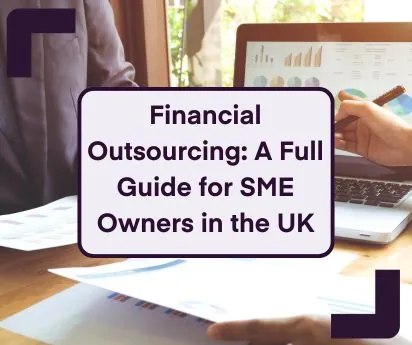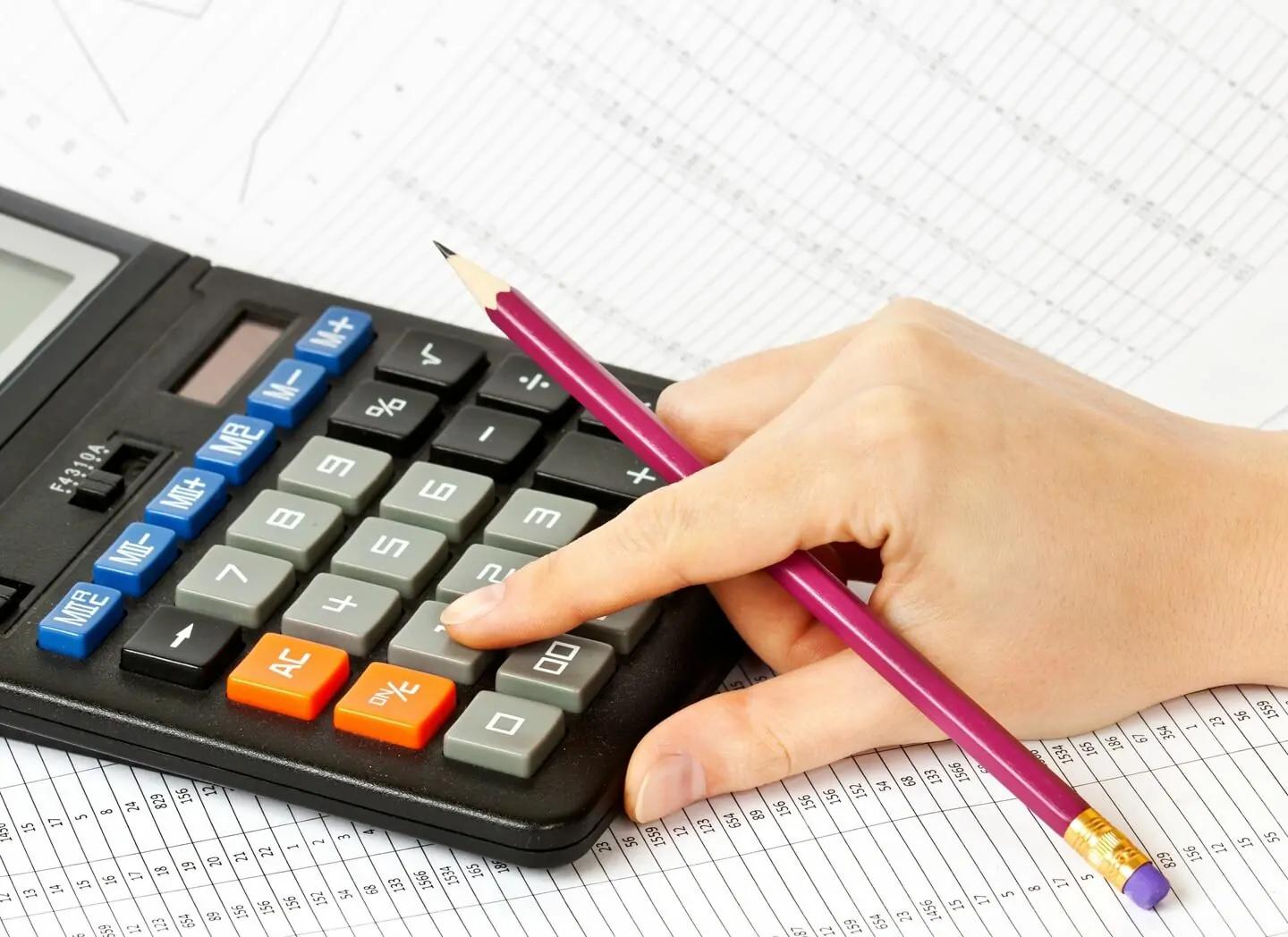
How much dividend can I pay myself tax free?
10 Oct 2020This article was updated by Jack Dawber-Axon, one of our Managers on the 17th April 2025. Jack is a fully qualified accountant who is a ACCA qualified. He works with SME owners on a day-to-day basis helping them maximise their personal income in a tax efficient manner.
If you’re a director or owner of a small business, you can pay yourself in a number of different ways to minimise your personal tax bill, as well as reducing liability to Corporation Tax. Your options include salary dividends, pension fund contributions, bonuses and directors’ loans - or a combination of those elements.
Our recent article, ‘What is the most tax-efficient way to extract cash from your business?’ explains the options in more detail. This article focuses on dividends and ways to use them as personal remuneration without incurring a tax bill. It also looks at the wider aspects and implications of taking dividends from the business.
To answer the question in the title, you could take a dividend from your business that falls below the current dividend allowance of £500 per annum and pay no tax. However, you are likely to need other income to meet your personal requirements, so other factors come into consideration.
You might, for example, take a small salary in addition. If you took £500 in dividends and £12,570 in salary, your total income would be £13,070 which is equivalent to your personal allowance plus your dividend allowance, and you would still have no income tax to pay. Beyond that point you would be liable to income tax at the appropriate rate, which depends on your total income, so careful tax planning would be required.
Dividends and profitability
To pay any size of dividend, the company must have sufficient profit to cover the payment as well as any other business requirements. HMRC regulations stipulate that a company cannot pay dividends if it has not made a profit. If you try to do that, the company would incur penalties. However, there are other practical considerations.
You may need to retain some of the profit in the business to cover ongoing costs and provide funds for reinvestment in the business for future growth. There may also be other directors and shareholders who would be entitled to a dividend, according to your constitution. So the size of the potential ‘dividend pot’ will be reduced.
Size of dividend payments
The size of the ‘dividend pot’ would normally be calculated after payment of Corporation Tax. There is no regulatory limit on the amount of dividend a company can pay, either to individuals or in total. However, the size of profit and those practical considerations outlined above determine the maximum amount you could take personally as a dividend.
Timing of dividend payments
Again, there is no regulatory requirement to pay dividends at a specific time. Payments can be made at any time of the year, and they can be made several times a year. In practice, companies distribute dividends at specific intervals such as once per quarter or every six months.
Timing can also have personal tax implications. If, for example, profits are high in a year, followed by lower profits in the next year, it may be better not to take a large dividend payment in the first year, hold profits in the business and then take a second same size dividend in the second year. Depending on your tax position, you may fall into lower tax bands in both years, reducing your overall tax bill.
Dividend payment procedures
If you or your fellow directors decide to make dividend payments, there are a number of procedures to follow to ensure you comply with company law and HMRC requirements.
As we indicated earlier, to issue dividends, your company must make a profit that is greater than the planned dividend payments. It is illegal to issue dividends if your company broke even or made a loss.
If you make a profit, you do not have to issue dividends. You can retain the profits in the business for other purposes or issue dividends in a later year when there are opportunities to make tax savings.
If you or your fellow directors decide to take dividends yourself or issue them to shareholders, you have to call a meeting of directors and reach an agreement to ‘declare a dividend’. The agreement should appear in the minutes of the meeting and the company must keep a record of the directors’ decision.
When you decide to issue or take a dividend you must provide each recipient with a dividend voucher and retain a copy in the business. The information on the dividend voucher must include:
-
Name of the company issuing the dividend
-
Name of the recipient
-
The amount of dividend paid
-
Date of payment
Related: A guide to Corporation Tax trading losses for business owners
Tax on dividends
If you take an income that includes dividends and other forms of payment, you may be liable to income tax as well as tax on your dividends if your total earnings exceed your personal allowance, which is £12,570 for the 2025-26 tax year.
The rate of tax on your dividend income is based on your tax band for income tax, as the table below shows.
|
Income tax rate |
Dividend tax rate 2025-26 |
|
|
Basic rate |
8.75 percent |
|
|
Higher rate |
33.75 percent | |
|
Additional rate |
39.35 percent |
One important point to remember when weighing the balance between salary and dividends is that dividend payments are not liable to National Insurance contributions.
If you receive dividend payments, you must declare them to HMRC. If the value of the dividend is less than £500, you will not be liable to tax and you do not have to inform HMRC. If the value of the dividend payment is above £500 you must inform HMRC as part personal tax return.
Support from Accounts & Legal
Making the right decision about taking dividends to minimise your personal tax liability can be complicated and time-consuming. Our team of small business accountants are highly-experienced in helping companies and individuals with professional advice that can maximise income while reducing tax liabilities.
Get in touch with us today on 0207 043 4000 or info@accountsandlegal.co.uk for further advice.






















